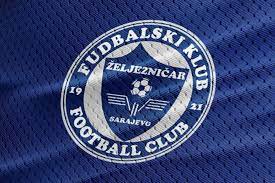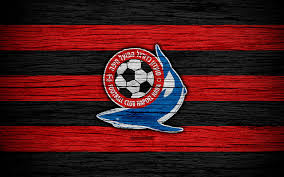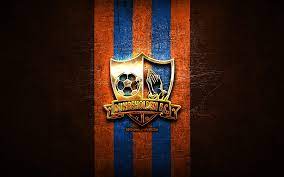While Michael Jordan garnered much of the attention, the contributions of Scottie Pippen, Dennis Rodman, and the coaching staff were equally critical. Pippen’s versatility and leadership complemented Jordan perfectly, forming a partnership that few other teams could replicate. Meanwhile, Rodman’s rebounding prowess and defensive skills added a gritty edge that bolstered the team’s competitiveness https://789win.gripe/.
The Challenges After the Dynasty Chicago Bulls
As the sun set on the Chicago Bulls‘ Golden Era, challenges loomed on the horizon. The retirements of key players and the departure of coach Phil Jackson led to a seismic shift within the organization. The team that once dominated the NBA now found itself facing an uncertain future đá gà Thomo.
Rebuilding the team was no simple task; it involved navigating the complexities of player development, drafting decisions, and creating a cohesive identity. As we examine this transitional phase in detail, we will uncover the challenges faced by the Chicago Bulls and how they sought to regain their former glory.
Rebuilding the team
Following the departure of Michael Jordan in 1998, the Chicago Bulls entered a challenging rebuilding process. The loss of their franchise player and leader created a void that would take time to fill. The organization needed to reassess its direction, establish a vision, and identify emerging talents to lead the way.
Drafting talented individuals became paramount. The front office focused on acquiring promising prospects, hoping to cultivate a new generation of talent. While players like Elton Brand and later, Derrick Rose, brought excitement and potential to the team, consistency remained elusive. The franchise struggled to recapture the magic that had propelled them to greatness in the 1990s.
In tandem with player development, the Bulls faced the daunting task of reestablishing their identity. The absence of Jordan not only affected performance on the court but also altered team dynamics. A cultural shift was necessary, requiring a redefinition of roles and responsibilities among the players.
For a time, the Bulls experienced mediocrity, often missing the playoffs or being eliminated in the early rounds. This struggle impacted fan engagement, leading to dwindling attendance and diminishing enthusiasm. However, hope remained on the horizon as the organization worked diligently to rediscover its winning formula.
Modern Chicago Bulls
The modern era of the Chicago Bulls has seen a mix of ups and downs, punctuated by flashes of brilliance and disappointing seasons. In the late 2000s, the emergence of Derrick Rose rejuvenated the franchise. Rose, a homegrown talent from Chicago, quickly became a fan favorite and revitalized the team’s fortunes.
His explosive athleticism, coupled with his playmaking abilities, made him a force to be reckoned with. The Bulls returned to playoff contention, culminating in Rose winning the NBA MVP award in 2011—the youngest player ever to achieve this feat. This moment reignited hopes of returning to championship glory, reminding fans of the magic that once filled the United Center.
However, injuries plagued Rose’s career, leading to setbacks that hindered the team’s progress. The Bulls became trapped in a cycle of potential and disappointment, unable to consistently translate talent into championships. The organization also faced criticism for its management decisions, including coaching changes and roster adjustments that failed to yield desired results.
Despite the struggles, the franchise has continued to show resilience. Recent drafts have produced noteworthy talents, such as Zach LaVine and Lauri Markkanen, who bring promise for the future. Additionally, the hiring of a new coaching staff signals a renewed commitment to building a competitive team.



